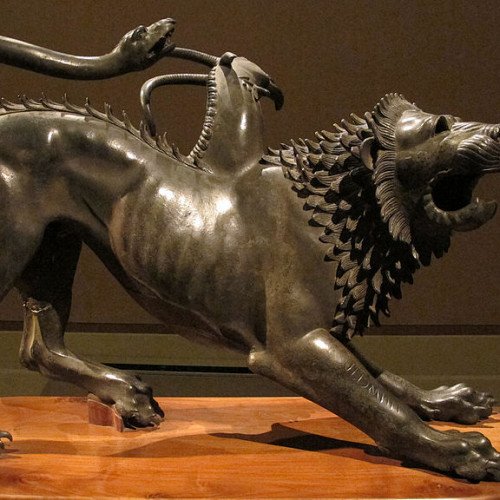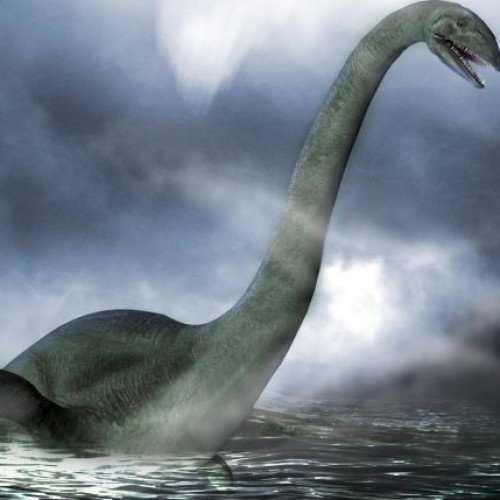Chimera (mythology) VS Loch Ness Monster

Chimera (mythology)
The Chimera ( or , also Chimaera (Chimæra); Greek: Χίμαιρα, Chímaira "she-goat"), according to Greek mythology, was a monstrous fire-breathing hybrid creature of Lycia in Asia Minor, composed of the parts of more than one animal. It is usually depicted as a lion, with the head of a goat protruding from its back, and a tail that might end with a snake's head. It was one of the offspring of Typhon and Echidna and a sibling of such monsters as Cerberus and the Lernaean Hydra. The term "chimera" has come to describe any mythical or fictional creature with parts taken from various animals, to describe anything composed of very disparate parts, or perceived as wildly imaginative, implausible, or dazzling.
Statistics for this Xoptio

Loch Ness Monster
The Loch Ness Monster, or Nessie (Scottish Gaelic: Uilebheist Loch Nis), is a cryptid in cryptozoology and Scottish folklore that is said to inhabit Loch Ness in the Scottish Highlands. It is often described as large, long-necked, and with one or more humps protruding from the water. Popular interest and belief in the creature have varied since it was brought to worldwide attention in 1933. Evidence of its existence is anecdotal, with a number of disputed photographs and sonar readings. The scientific community regards the Loch Ness Monster as a phenomenon without biological basis, explaining sightings as hoaxes, wishful thinking, and the misidentification of mundane objects.